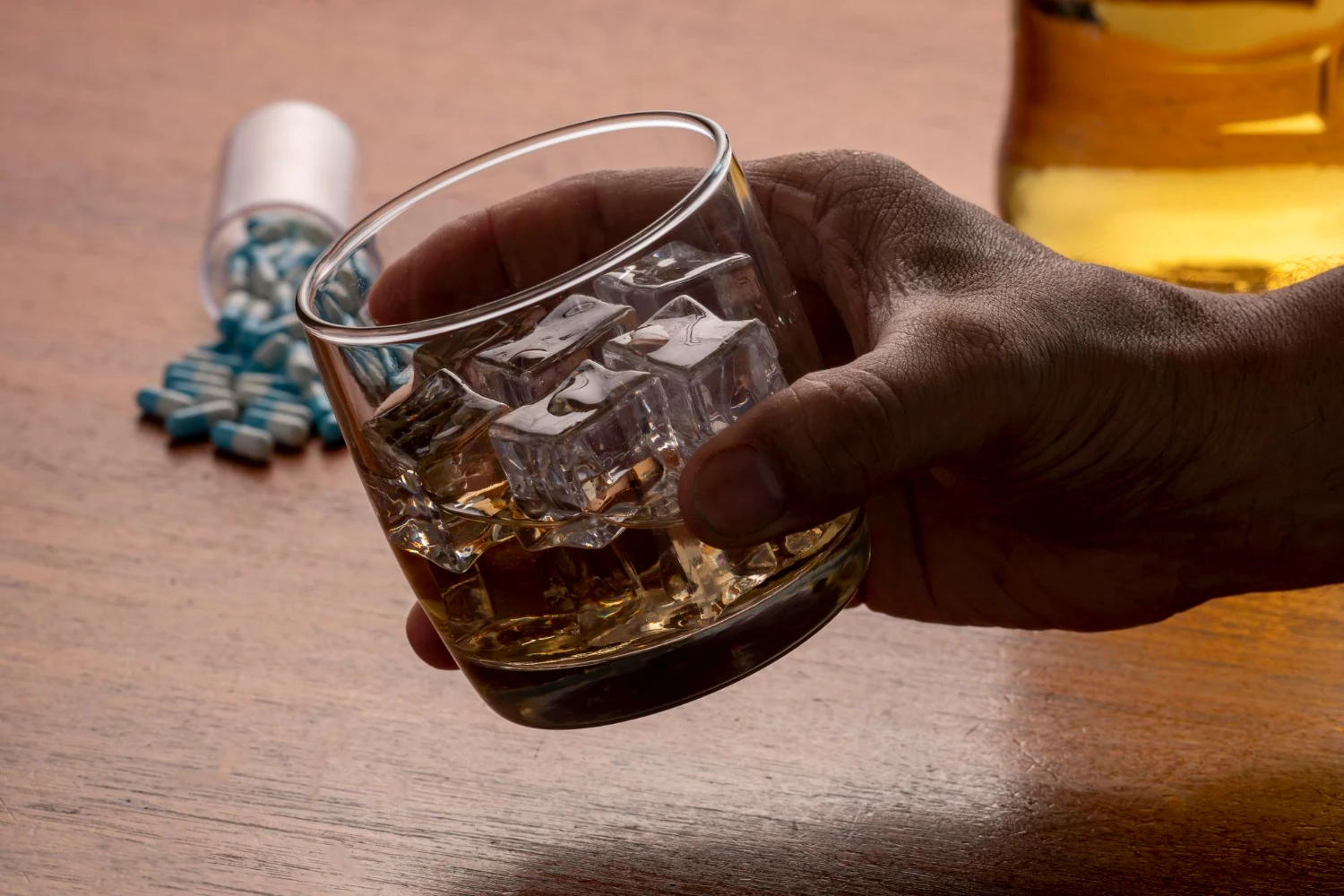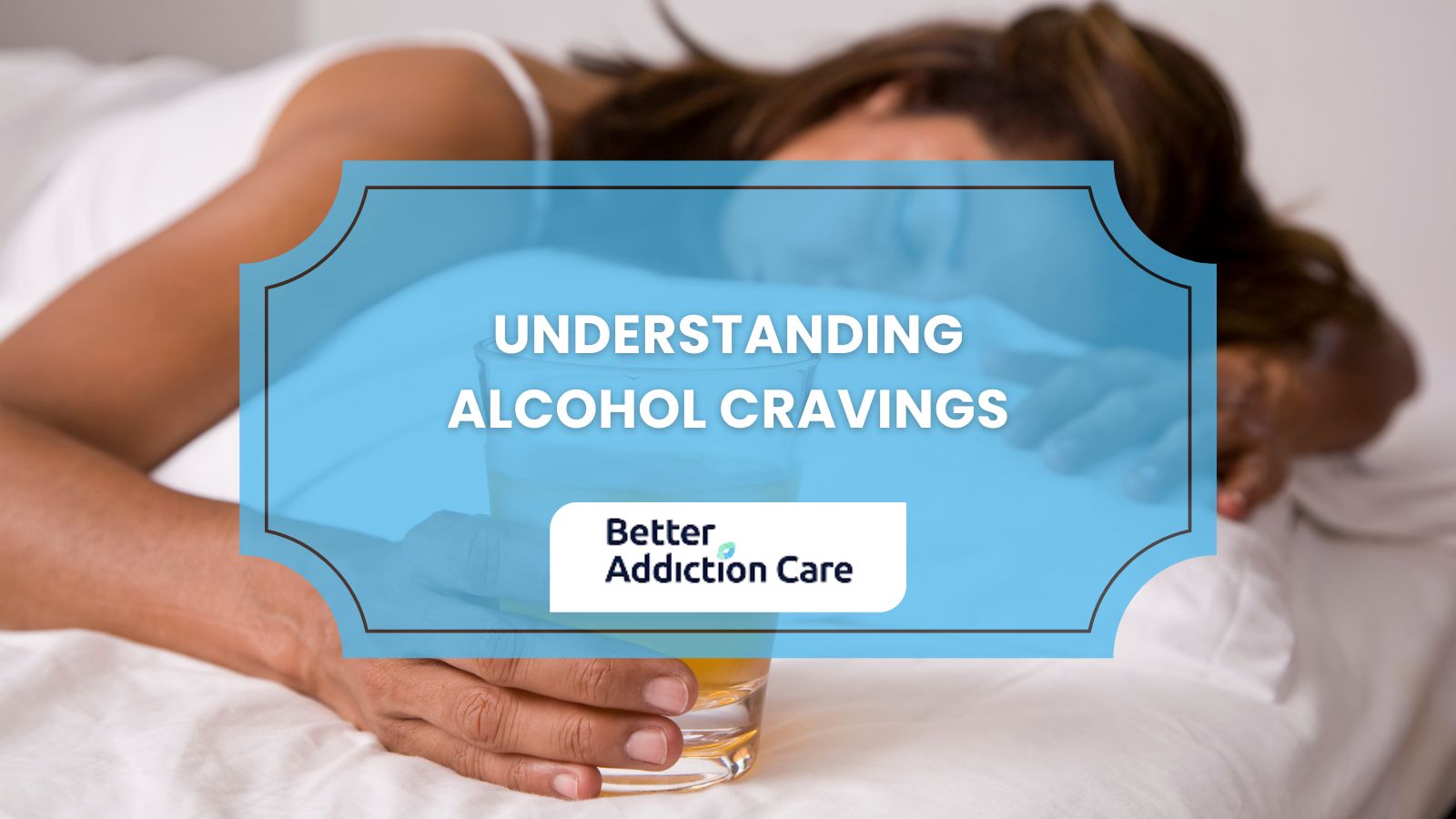Substance use disorders, also referred to as addiction, encompass a variety of conditions marked by the compulsive and detrimental consumption of substances, including but not limited to drugs like alcohol, opioids, and stimulants.
The growing incidence of alcohol and opioid use disorders has presented an intensifying public health crisis in the United States throughout the last several years. Alcohol and opioids taken together can have a very negative effect on people and seriously shorten their lives.
The National Survey on Drug Use and Health (NSDUH) reported that in 2022, there were 6.1 million individuals with an opioid use disorder and 29.5 million individuals with an alcohol use disorder.
In this article, we will look at the dangers and consequences of having opioid and alcohol use disorders concurrently, as well as the available treatment options.
How Dual Diagnosis Affects Opioid and Alcohol Addiction Treatment
Dual diagnosis affects opioid and alcohol addiction treatment by making recovery more complex and requiring integrated care that addresses both mental health and substance use disorders at the same time. Mental health conditions such as depression, anxiety, or PTSD intensify cravings, lower motivation, and increase the risk of relapse, while continued substance use worsens psychiatric symptoms and reduces the effectiveness of medications.
Effective treatment blends medical approaches like medication-assisted therapy or supervised detox with psychotherapy, psychiatric care, and coordinated support to improve stability, reduce relapse rates, and promote long-term recovery.
What Makes Polysubstance Use Dangerous in Opioid and Alcohol Addiction?
Polysubstance use in opioid and alcohol addiction is dangerous because it increases the risk of overdose, worsens health complications, and complicates treatment. Combining these substances amplifies their depressant effects on the central nervous system, leading to slowed breathing, impaired coordination, and potentially fatal respiratory failure.
The overlapping toxic effects strain the liver, heart, and other vital organs, while unpredictable drug interactions make medical emergencies more likely. Additionally, polysubstance use masks withdrawal symptoms, delays diagnosis, and requires more complex detox and treatment strategies to safely address both addictions.
Why Treatment Barriers Are Common in Opioid and Alcohol Addiction Recovery
Treatment barriers are common in opioid and alcohol addiction recovery because social, psychological, and systemic obstacles often prevent people from accessing or completing care. Stigma and fear of judgment can discourage individuals from seeking help, while co-occurring mental health issues, unstable housing, or lack of social support make sustained recovery harder.
Financial challenges, limited insurance coverage, and shortages of specialized treatment programs further restrict access. Even when treatment is available, logistical issues like transportation, work schedules, or childcare needs can disrupt attendance and continuity of care, increasing the risk of relapse.
How to Understand Concurrent Opioid and Alcohol Addictions?
Understanding concurrent opioid and alcohol addictions involves recognizing how both substances interact to intensify physical dependence, mental health challenges, and treatment complexity, requiring a coordinated approach to recovery.
The problematic consumption of opioids characterizes opioid use disorder (OUD); this includes both prescribed medications, such as oxycodone, and illicit substances like heroin. Alcohol Use Disorder (AUD) is a chronic illness characterized by the inability to control or stop drinking despite negative consequences. There is a correlation between OUD and a higher probability of developing AUD. While Opioid Use Disorder (OUD) and Alcohol Use Disorder (AUD) are both important disorders on their own, their simultaneous presence poses unique challenges and health risks.
Substance use disorder diagnoses and their severities- classified as "mild," "moderate," or "severe" are currently defined by the Diagnostic and Statistical Manual of Mental Disorders (DSM), 5th Edition.
Listed below are the 11 steps in understanding concurrent opioid and alcohol addictions.
- Taking the substance for longer periods than intended.
- Using the substance in larger amounts than intended.
- Spending a lot of time obtaining, using, and recovering from the effects of the substance.
- Experiencing cravings or intense desires, or urges for the substance.
- Failing to fulfill obligations at home, work, or school due to substance use.
- Continuing substance use despite having interpersonal or social problems that are caused or worsened by substance use.
- Giving up social, recreational, or occupational activities due to substance use.
- Using the substance in risky situations.
- Continuing substance use despite having a physical or mental problem that is probably due to substance use.
- Developing tolerance or needing more of the substance to achieve previous effects.
- Experiencing withdrawal symptoms when you stop using your substance of choice.
A healthcare professional diagnoses you with a SUD if you meet two or more criteria. If the requirements are met for both opioids and alcohol, then both disorders are diagnosed concurrently.
What are the Factors Contributing to Concurrent Addiction?
Factors contributing to concurrent addiction include genetic predisposition, mental health disorders, chronic stress, environmental influences, and the reinforcing effects of using multiple substances together.
A combination of genetic predisposition and the effects of alcohol and opioids on the brain's reward system can lead to the onset of dual addiction. It has been described that almost 20 out of 100 people co-use both substances.
Mental health disorders, including depression, anxiety, and post-traumatic stress disorder (PTSD), can all play a role, as self-medicating with both substances is a coping mechanism.
Both opioid and alcohol misuse are influenced by social and environmental factors such as peer pressure and the prevalence of substance use environments.
Finally, the ease of access to both alcohol and opiates contributes to the prevalence of addiction in this population.
Polysubstance users intentionally engage in this behavior to enhance the effects of a single substance, compensate for the weakened effects of one substance, avoid withdrawal symptoms, alleviate stress, and replace their preferred drug of choice when it’s unavailable.
What Is the Prevalence and Fatal Impact of Alcohol–Opioid Combination?
The prevalence and fatal impact of alcohol–opioid combination is, with about 17.4% of fatal opioid overdose deaths in 2020 involving alcohol, and co-use increasing approximately 4.6-fold from 2000 to 2019. These statistics state the growing lethality of combining alcohol and opioids, as the mixture greatly amplifies central nervous system depression, respiratory failure risk, and the likelihood of fatal outcomes.
What are the Risks and Dangers of Concurrent Opioid and Alcohol Addictions?
The risks and dangers of concurrent opioid and alcohol addictions include heightened overdose potential, severe respiratory depression, organ damage, worsened mental health symptoms, and increased likelihood of fatal outcomes.
The combined use of opioids and alcohol has a bigger impact than either substance alone. Both substances depress the central nervous system, causing sleepiness, poor coordination, and slow breathing. These substances amplify each other’s effects, resulting in excessive sleepiness, confusion, and even loss of consciousness. This combination also heightens the risk of accidents, falls, and injuries.
Their combination worsens liver injury, raises your risk of developing liver disease, and increases the likelihood of heart attacks, strokes, arrhythmias, hypertension, and severe cardiovascular dysfunction. Also, severe neurological and psychiatric disorders can be exacerbated, such as psychosis, paranoia, hallucinations, and blackouts.
The relationship between substance use problems and mental health concerns is intricate, leading to a worsening of both disorders and the establishment of a detrimental cycle.
An Overdose is one of the most severe consequences. This mix is extremely dangerous and could result in death.
Financial and legal problems, as well as arrests, jail time, and attempted suicide, are all more likely.
How Are Concurrent Opioid and Alcohol Addictions Treated?
Addressing the co-occurrence of opioid and alcohol addictions presents considerable hurdles due to a variety of circumstances. The difficulties stem from the complicated interactions between the two substances, as well as the unique needs of individuals with polysubstance abuse.
Detoxifying from opioids and alcohol causes physical and emotional distress. The withdrawal process becomes substantially more complex as a result of the potential interaction and amplification of symptoms between multiple substances.
The simultaneous presence of opiate and alcohol addictions may make it difficult to abstain from using both substances at the same time, increasing the probability of relapse.
Because of this complexity, you may need services and treatment from a variety of providers, settings, and care levels.
Treatment approaches are an evidence-based, effective combination of medicine and behavioral therapies.
Listed below are the 5 ways to treat opioid and alcohol addictions.
- Detox
- Medication-Assisted Treatment
- Rehab programs
- Behavioral Therapies
- Holistic Therapies
Detox
The initial stage in treating polysubstance disorders, like opioids and alcohol, is typically undergoing a detoxification process in which your body is cleansed from the drugs and withdrawal symptoms are controlled. You should do so under medical supervision to ensure you're safe and comfortable during this difficult detoxification phase.
Medication-Assisted Treatment
Certain drugs are used throughout this time to reduce the severity of cravings and withdrawal symptoms. Buprenorphine and methadone are used for opioid use disorder, while Disulfiram and Acamprosate are used for alcohol use disorder. Implementing this strategy increases the probability of successful withdrawal from all substances misused while decreasing the likelihood of relapse.
Rehab programs
Program Type
|
Level of Care
|
Average Time per Day/Week
|
Where Do You Sleep?
|
Special Features
|
Inpatient Rehab Programs
|
High
|
24/7 supervision and care.
|
On-site
|
- Provides a structured environment.
- Constant medical and therapeutic support.
- Suitable for severe addictions and those requiring medical supervision.
|
Outpatient Rehab Programs
|
Low to Moderate
|
1-3 hours per day, 1-3 days a week.
|
At home
|
- Flexible and allows patients to maintain daily routines.
- Best for mild to moderate addictions and those with strong support systems.
|
Partial Hospitalization Programs (PHP)
|
Moderate to High
|
4-6 hours per day, 5 days a week.
|
At home
|
- Intensive treatment while allowing patients to return home.
- Suitable for those needing more structure than what outpatient programs offer.
|
Intensive Outpatient Programs (IOP)
|
Moderate
|
2-4 hours per day, 3-5 days a week.
|
At home
|
- Offers more support than standard outpatient programs.
- Focus on preventing relapse and developing coping skills.
|
Aftercare Programs
|
Low to Moderate
|
Varies, could last months or years.
|
At home
|
- Provides ongoing support and resources after primary treatment.
- Focuses on long-term recovery and preventing relapse through support groups and counseling.
|
Behavioral Therapies
Different evidence-based behavior therapies can help address the psychological aspects of concurrent disorders.
-
Cognitive-behavioral therapy (CBT) helps you identify and change distorted thought patterns and self-destructive behaviors resulting from both opioid and alcohol use.
-
Motivational Interviewing (MI) reinforces the desire for transformative change.
-
Contingency management can offer rewards for abstaining from both substances.
-
Family therapy encourages family members to participate actively in the treatment process.
Holistic Therapies
Alternative and holistic therapies, such as acupuncture, meditation, and yoga, provide significant assistance in the management of opioid and alcohol addiction. These therapies target the root causes, offer opportunities for emotional release, encourage stress reduction and relaxation, develop mindfulness and self-awareness, and enhance overall well-being.
In the treatment of addiction, mindfulness-based stress reduction (MBSR) programs have proven to be effective. These interventions guide individuals to focus on the present moment while promoting the development of self-compassion, acceptance, and resilience in the face of cravings and triggers.
What Immediate Interventions Are Advised for Alcohol and Opioid Overdose?
Immediate interventions for alcohol and opioid overdoses include administering naloxone, providing airway and respiratory support, and calling 911 immediately. Overdose signs such as pinpoint pupils, slowed or stopped breathing, and unresponsiveness require urgent action, with naloxone given at the first suspicion of opioid involvement, even if alcohol use is also present, since it is safe and can be lifesaving. Emergency responders should prioritize maintaining an open airway, supporting breathing, and ensuring rapid transport for advanced medical care.
In a Few Words…
To effectively address the issue of simultaneous opioid and alcohol addictions, it is crucial to adopt a holistic approach that considers the physiological, psychological, and sociological aspects of the recovery process. It is essential to guarantee that patients have access to diverse healthcare services, including medical treatments, counseling, behavioral therapies, and support systems.
It is crucial to adopt a synchronized approach that encompasses the active involvement of healthcare professionals, policymakers, families, and communities.
If you or a loved one is struggling with polysubstance addiction, help is available. Recovering and maintaining sobriety is possible with proven and effective treatment.










